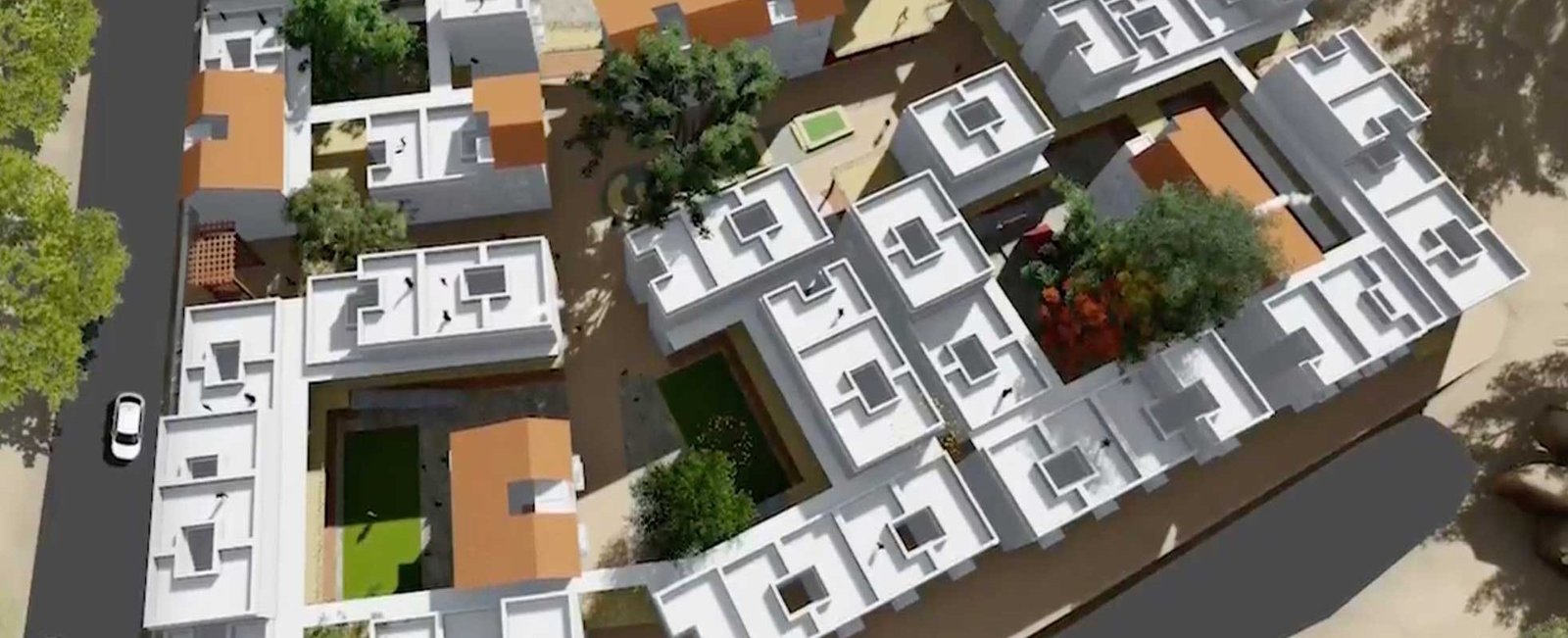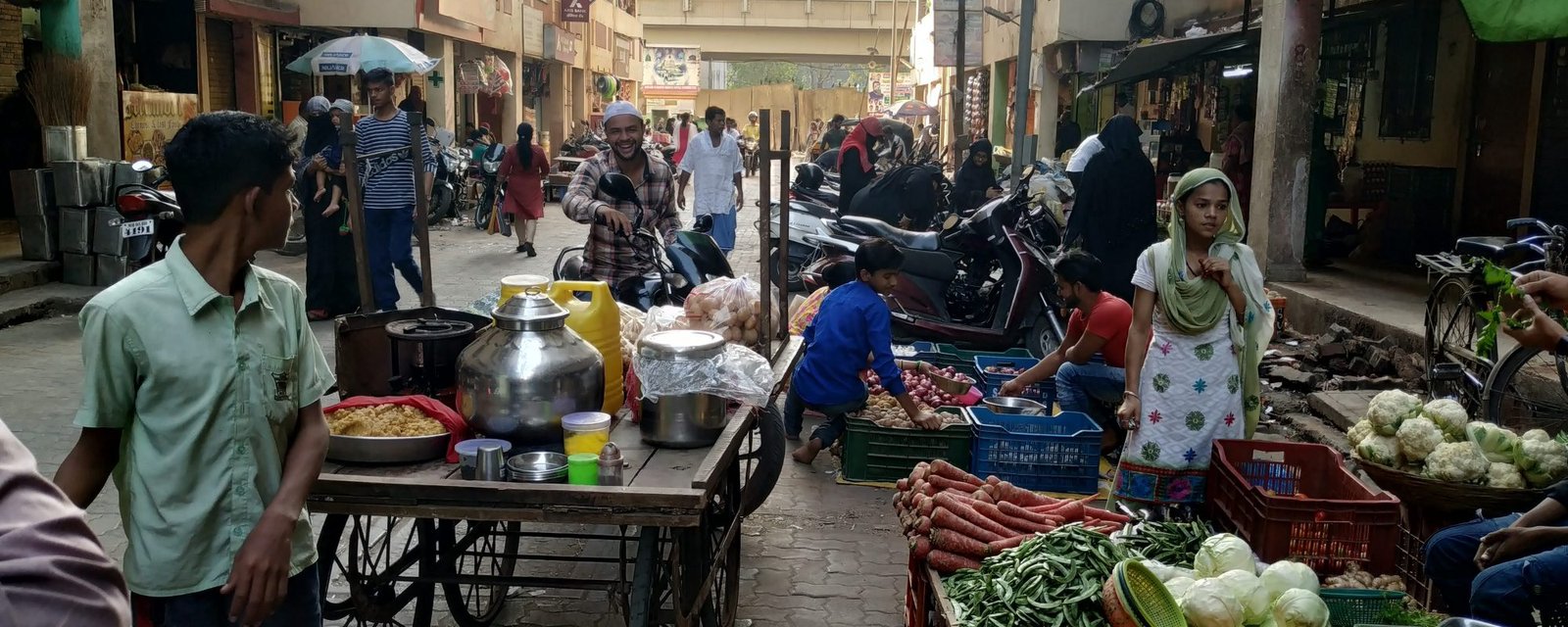Sanjaynagar | Building Homes through the Second Wave
Ashutosh Singh is a Construction Manager at Community Design Agency, who is currently working at our Sanjaynagar slum rehabilitation project in Ahmednagar. This narrative is his account of the challenges he and others in Ahmednagar encountered during the second wave of Covid in India. Photographs of the project construction site have also been taken by him.
A Hopeful 2021
The construction work at the Sanjaynagar slum rehabilitation project in Ahmednagar picked up pace as the first countrywide lockdown tapered towards the end of 2020. With all safety measures and precautions in place, we were making great progress on site. The ground floor was shaping up and a sample flat was being readied for the residents, based on which we were looking at June 2021 to complete this first phase of the project.
Crisis Strikes
By mid-March 2021, murmurs of a spike in COVID cases began to do the rounds in Maharashtra and gradual restrictions and curfews were being announced. This coincided with the spring festival of Holi, which also marks the harvest season and preparation of land for the next crop. Majority of the labourers on our site were migrants from Eastern and Northern India, and were already planning to go back to their villages to tend to their fields. A labour shortage was imminent, but we made preparations well in advance by dealing with labour contractors from other cities in Maharashtra. However, in rapid succession, cities and districts across the state began to announce their respective lockdowns once again. The second wave of the pandemic was upon us. Workers heading back to their villages, or contemplating coming to work to Ahmednagar, were nervous about traveling and possibly getting stuck. There were rumours that the new variant was deadlier than the previous one, and the situation was becoming dangerous with every passing day.
Personal Challenges
By mid-April, Ahmednagar had become a hotbed of Covid cases. The surge in cases, especially among children, and shortage of resources was nothing short of tragic. For weeks on end the markets, including shops for essential goods and basic groceries, would remain shut. Our worst fears came to life when our parents and close relatives living in different cities started testing positive. My colleagues and I had to travel in these perilous times to take care of ailing relatives in our hometowns, and took the tough decision to leave our spouses and children behind in a resource-scarce Ahmednagar.
A Hopeful 2021: Part 2
Through all these upheavals, we also had to find ways to keep the construction going. We owed it to the residents of Sanjaynagar, who have been living in transit housing while their homes are being built. Construction activities were permitted by the State within certain restrictions during the curfew, but we were unable to find contractors or enough local manpower in Ahmednagar to continue our work. After reaching out to over 18 labour contractors in the city, we finally found one who was able to meet our requirements and budget, and resumed construction in May. We also hired some residents of Sanjaynagar, who had lost their livelihoods in the lockdown, to work on the construction site. As the labour force expanded, the safety protocols vis-a-vis Covid were also implemented with greater rigour. It’s been two months now, and we are making steady progress on site. Our resolve to continue building homes and handing them over to the families as soon as possible is stronger than ever.





